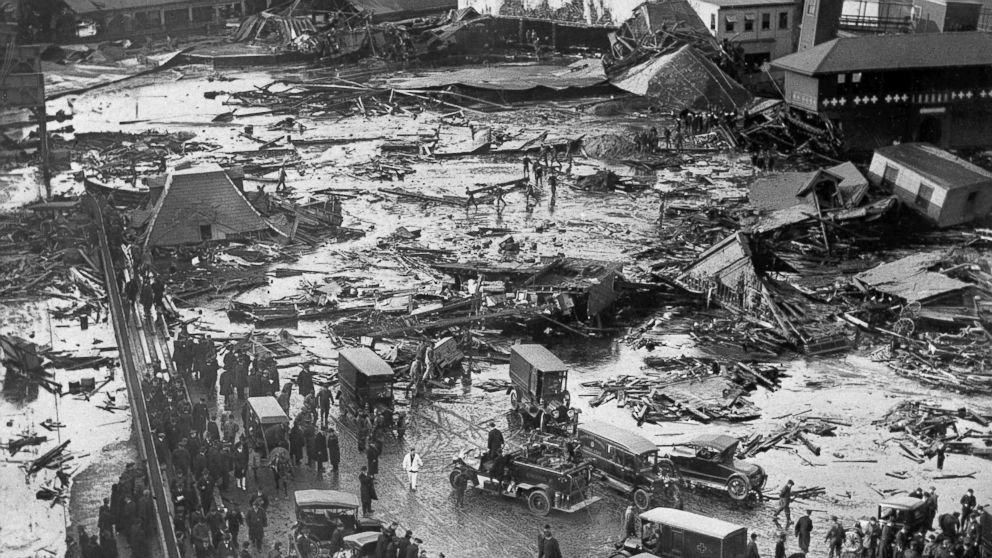

Today the sight of the tragedy is the location of Langone Park. Bostonians say that for decades, on hot days, the area still smelled of molasses. Long term effects from the spillįor months after, residents in the city suffered severe coughing fits. The company eventually lost and survivors received approximately $7,000 per victim. Prosecutors countered, saying the company had overfilled the tanks to accelerate alcohol production and outrace prohibition. Residents sued the United States Industrial Alcohol Company (owners of Purity Distilling Company) who claimed the vat had been blown up by anarchists. Lawsuit against United States Industrial Alcohol Company Per one resident, for months “everything a Bostonian touched was sticky”. During that time, molasses was tracked throughout the city – into businesses, homes, streets, and streetcars. City officials spent more than a month cleaning up the mess. Dry sand was brought in to absorb what remained. Salt water from a fireboat was used to wash the molasses away (for months the harbor was brown with molasses). By this time, most of the victims were so glazed over in the molasses, they were impossible to recognize. Rescuers searched for survivors for four days before giving up. The cold air had caused the heated molasses to cool and thicken, making movement through the thick goop near impossible. Rescuers were forced to wade through deep molasses and debris to reach survivors. Soon after, Boston Police and the Red Cross joined in the rescue efforts. The first to arrive on the scene were Navy cadets from the nearby USS Nantucket, a training ship docked at the Massachusetts Nautical School.

He passed out, then opened his eyes to find three of his four sisters staring at him.” The horrific death of twenty-one people He heard his mother call his name and couldn’t answer, his throat was so clogged with the smothering goo. Then he grounded and the molasses rolled him like a pebble as the wave diminished. “Anthony di Stasio, walking homeward with his sisters from the Michelangelo School, was picked up by the wave and carried, tumbling on its crest, almost as though he were surfing. Smithsonian Magazine reported one child’s experience: One man recalls being stuck to the wall of a freight shed, feet dangling about 3 feet above the floor while he watched a horse drowning nearby. Several blocks of Boston were flooded to a depth of 2-3 feet. Human beings-men and women-suffered likewise.” The more they struggled, the deeper in the mess they were ensnared. Only an upheaval, a thrashing about in the sticky mass, showed where any life was … Horses died like so many flies on sticky fly-paper. “Molasses, waist deep, covered the street and swirled and bubbled about the wreckage … Here and there struggled a form-whether it was animal or human being was impossible to tell. The Boston Post reported the circumstances:

A medical examiner described their horrifying condition “as though covered in heavy oil skins – eyes and ears, mouths and noses filled.” 21 people died, either crushed under the weight of the dense molasses or drowned while attempting to escape the sticky substance. On Atlantic Avenue, steel girders of the Boston Elevated Railway were twisted and a railroad car was tipped off the tracks.Įlectric polies toppled, wires hissing and sparking across the ground, while people and horses were thrown about by the wave. 31 was moved from its foundation and partially destroyed. The nearby Northend Paving Yard building was instantly shattered to kindling. Buildings and homes were swept from their foundation and smashed by the thick rushing wave. The tidal wave of molasses that rushed through the streets of Boston was an estimated 25-feet tall and moved at over 35 MPH. The Purity Distilling Company molasses tank had burst, releasing millions of gallons of molasses into the streets of Boston. At 12:30 in the afternoon, persons in the area heard a “sound like a rumble” and the ground shook.

On January 15, 1919, the weather was warmer than normal, allowing the molasses inside the tank to heat up and thin. The five-story tall steel tank at 529 Commercial Street in Boston held 2.3 million gallons of molasses weighing an astonishing 26 million pounds. The Great Molasses Flood (aka Boston Molasses Disaster)Īt the time, molasses was a common sweetener and used to produce ethanol for alcoholic beverages and military munitions.


 0 kommentar(er)
0 kommentar(er)
